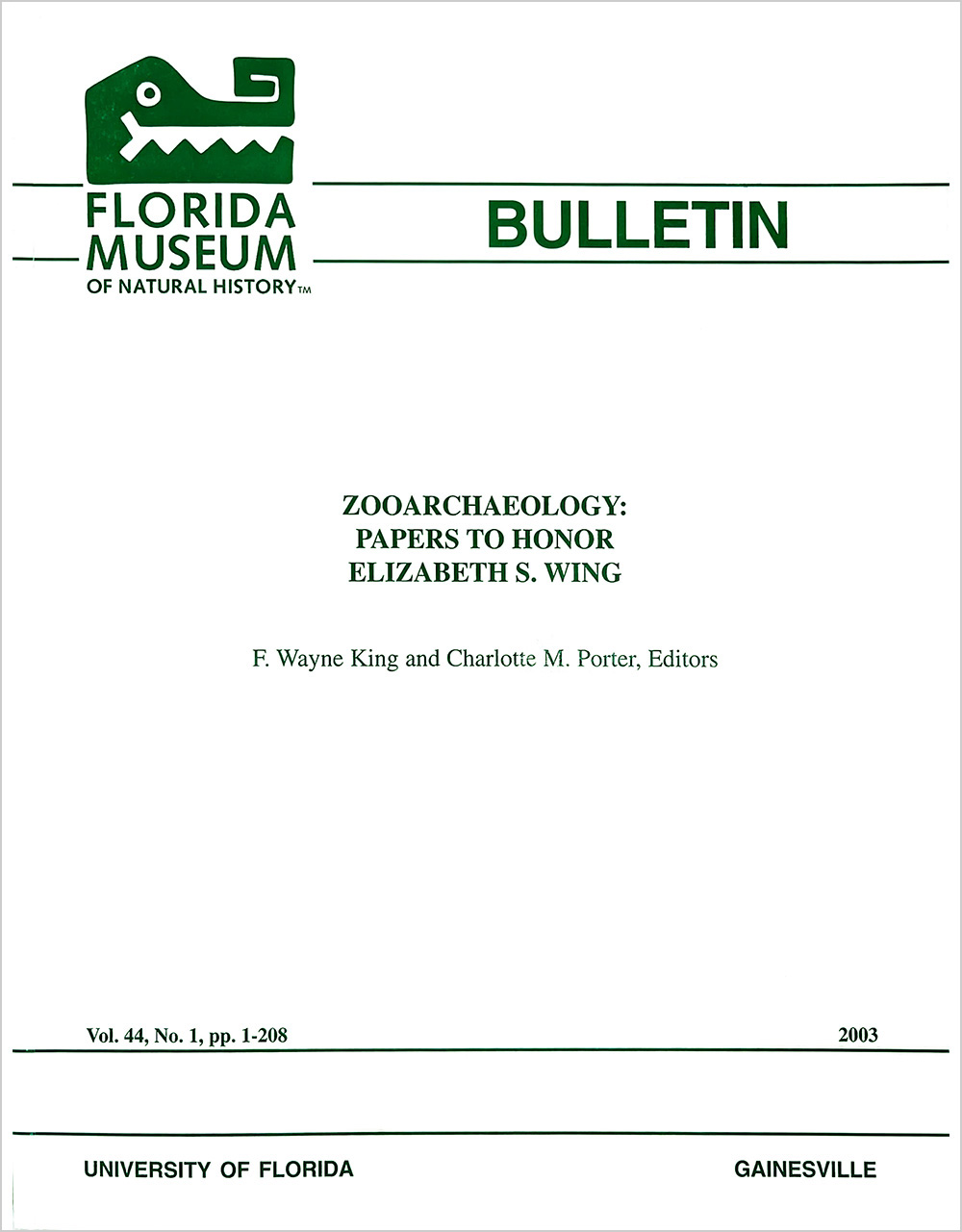A Millennium of Migrations: Proto-historic Mobile Pastoralism in Hungary
DOI:
https://doi.org/10.58782/flmnh.gtob8676Keywords:
Central European Migration, environmental determinism, nomadism, pastoral animal keepingAbstract
During the A.D. 1st millennium, numerous waves of mobile pastoral communities of Eurasian origins reached the area of modern-day Hungary in the Carpathian Basin. This paper reviews animal exploitation as reconstructed from animal remains found at the settlements of Sarmatian, Avar/Slavic, and Early ("Conquering") Hungarian populations. According to the historical record, most of these communities turned to sedentism. Archaeological assemblages also manifest evidence of animal keeping, such as sheep and/or goat herding, as well as pig, cattle, and horse. Such functional similarities, however, should not be mistaken for de facto cultural continuity among the zooarchaeological data discussed here within the contexts of environment and cultural history. Following a critical assessment of assemblages available for study, analysis of species frequencies shed light on ancient lifeways of pastoral communities intransition. Spatial limitations (both geographical and political), as well as a climate, more temperate than in the Eurasian Steppe Belt, altered animal-keeping practices and encouraged sedentism.

